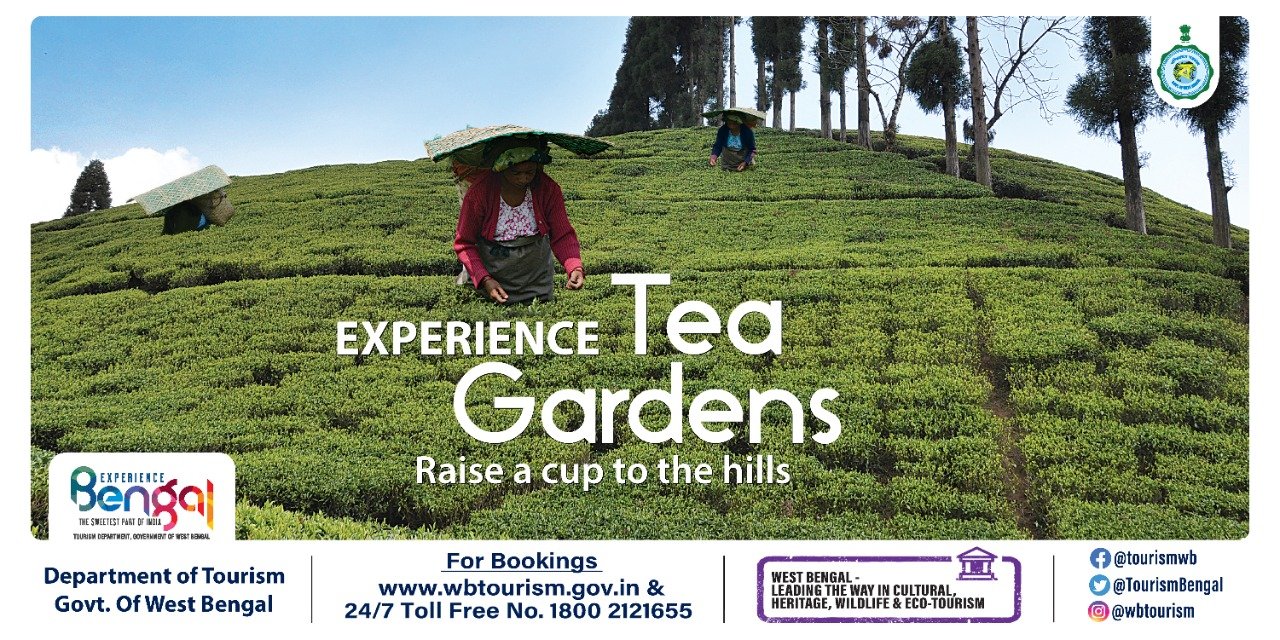
(Jal Shakti Ministry Releases Report Enumerating Over 24 Lakh Water Bodies, Census Reveals Crucial Insights Into The Country’s Water Resources)
BY TTT NEWS NETWORK
NEW DELHI, 23 APRIL 2023:
For the first time in the history of the country, under the leadership of Prime Minister, Narendra Modi and guidance of Union Minister for Jal Shakti, Gajendra Singh Shekhawat, the Ministry of Jal Shakti has conducted the first-ever census of water bodies across the nation. The census provides a comprehensive inventory of India’s water resources, including natural and man-made water bodies like ponds, tanks, lakes, and more, and to collect data on the encroachment of water bodies. The Census also highlighted disparities between rural and urban areas and varying levels of encroachment and revealed crucial insights into the country’s water resources.

The census was launched under the centrally sponsored scheme, “Irrigation Census” in convergence with the 6th Minor Irrigation Census in order to have a comprehensive national database of all water bodies. The information on all important aspects of the water bodies including their type, condition, status of encroachments, use, storage capacity, status of filling up of storage, etc was collected. It covered all the water bodies located in rural as well as urban areas that are in-use or not in-use. The census also took into account all type of uses of water bodies like irrigation, industry, pisciculture, domestic/ drinking, recreation, religious, ground water recharge etc. Census has been successfully completed and the All India and State-wise reports have been published.

The key features/findings of the Census are as follows:
- 24,24,540 water bodies have been enumerated in the country, out of which 97.1% (23,55,055) are in rural areas and only 2.9% (69,485) are in urban areas.
- Top 05 States in terms of number of water bodies are West Bengal, Uttar Pradesh, Andhra Pradesh, Odisha and Assam which constitute around 63% of the total water bodies in the country.
- Top 05 States in terms of number of water bodies in urban areas are West Bengal, Tamil Nadu, Kerala, Uttar Pradesh and Tripura, whereas in rural areas, top 05 States are West Bengal, Uttar Pradesh, Andhra Pradesh, Odisha and Assam.
- 5% of water bodies are ponds, followed by tanks (15.7%), reservoirs (12.1%), Water conservation schemes/percolation tanks/check dams (9.3%), lakes (0.9%) and others (2.5%).
- 2% of water bodies are owned by private entities whereas 44.8% of water bodies are in the domain of public ownership.
- Out of all public owned water bodies, maximum water bodies are owned by Panchayats, followed by State Irrigation/State WRD.
- Out of all private owned water bodies, maximum water bodies are in hands of Individual owner/farmer followed by group of individuals and other private bodies.
- Top 05 States which lead in the private owned water bodies are West Bengal, Assam, Andhra Pradesh, Odisha and Jharkhand.
- Out of all ‘in use’ water bodies, major water bodies are reported to be used in pisciculture followed by Irrigation.
- Top 05 States wherein major use of water bodies is in pisciculture are West Bengal, Assam, Odisha, Uttar Pradesh and Andhra Pradesh;
- Top 05 States wherein major use of water bodies is in irrigation are Jharkhand, Andhra Pradesh, Telangana, West Bengal and Gujarat.
- 78% water bodies are man-made water bodies whereas 22% are natural water bodies. 1.6% (38,496) water bodies out of all the enumerated water bodies are reported to be encroached out of which 95.4% are in rural areas and remaining 4.6% in urban areas.
- The information on water spread area was reported in respect of 23,37,638 water bodies. Out of these water bodies, 72.4% have water spread area less than 0.5 hectare, 13.4% have water spread area between 0.5-1 hectare, 11.1% have water spread area between 1-5 hectares and remaining 3.1% of water bodies have water spread area more than 5 hectares.

‘Incredible India’ is endowed with diverse and distinct water bodies. Water is an important aspect for development which it is linked with every Sustainable Development Goal. It is essential and fundamental for life itself. Water is a recyclable resource but its availability is limited and the gap between the supply and demand is widening over time. Therefore, concerted efforts are needed to conserve and preserve water bodies. Ministry of Jal Shakti is the nodal ministry responsible for laying down policy guidelines and programmes for the development, conservation and management of water as a national resource.
The Ministry has multidimensional approach towards water sector, on one hand it is spearheading the ambitious programmes on providing safe and adequate drinking water to every household in the country, eliminating open defecation in rural areas, rejuvenation of river Ganga and its tributaries, improving the safety and operational performance of existing dams, etc and on the other hand, it is involved in assessment, development and regulation of the country’s water resources through technical guidance, scrutiny, clearance and monitoring.
The finalization of results and completion of this report has been made possible by the strenuous efforts of all the officers and staff of Minor Irrigation (Stat) Wing of the Ministry of Jal Shakti under the supervision and support of Secretary, Department of Water Resources, RD & GR, Ministry of Jal Shakti, Pankaj Kumar, as well as dedicated technical support provided by National Informatics Centre and determined efforts made by the State/UT Governments. The IEC Division of the Ministry is ensuring dissemination of the Census report across the nation and especially for planners, research scholars, agricultural and water scientists, policy makers, administrators and all other stakeholders in this sector.

Advertisement:






























Add Comment